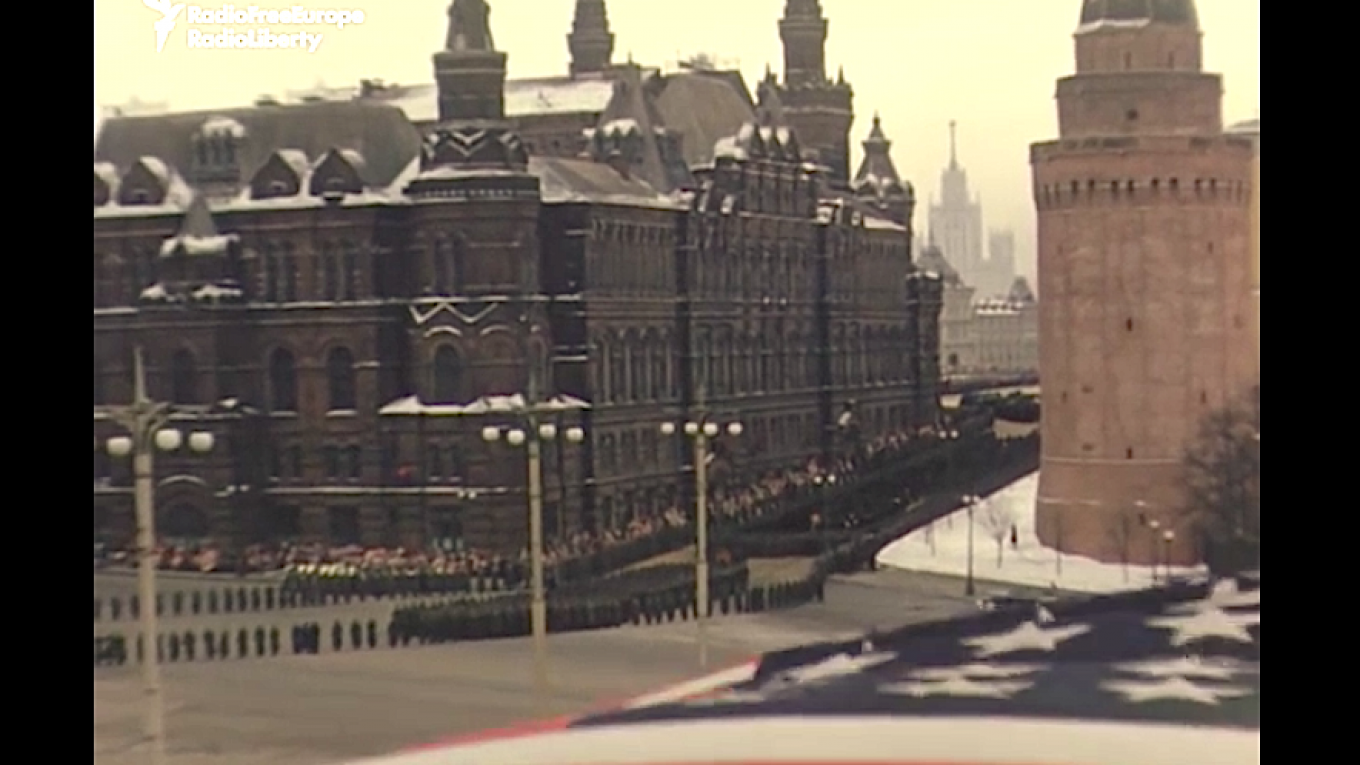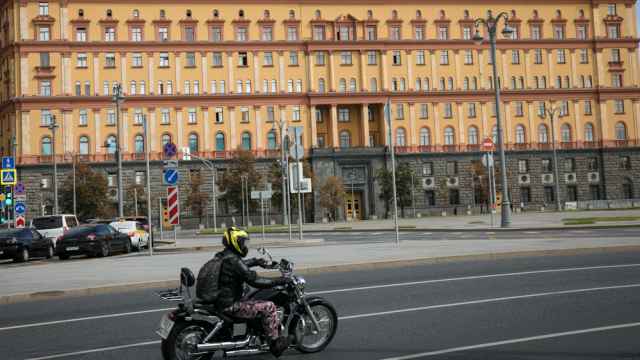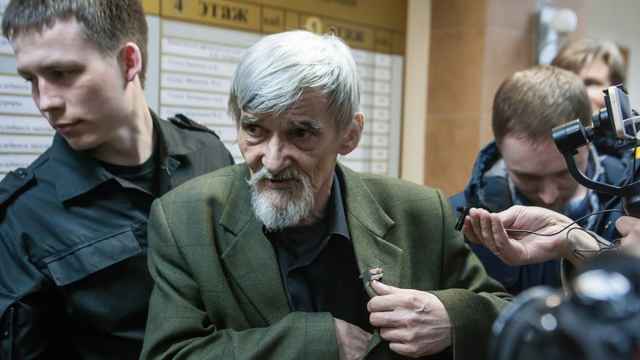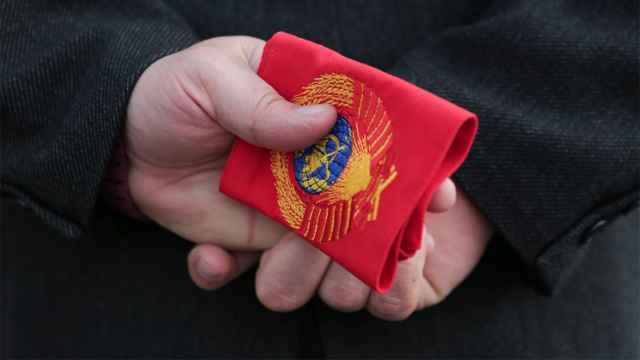It was a stupefying moment for the Soviet Union. Several days after suffering a massive stroke, Josef Stalin died on March 5, 1953.
The 74-year-old Soviet dictator had spent 31 years at the helm of the Communist state, presiding over the bloodiest events in its history. During the Great Purge of 1936-38, Stalin’s Soviet Union turned upon its own citizens, executing over six hundred thousand people by firing squad for alleged political crimes. Stalin’s regime murdered or otherwise brought about the deaths of millions. Hardly a family in Russia was left untouched.
But with the outbreak of the Second World War, Stalin led the Soviet Union through a conflict that took the lives of over 26 million Soviet citizens, both armed forces and civilians. The Soviets’ role in vanquishing Nazi Germany became a victory of mythic proportions for the country.
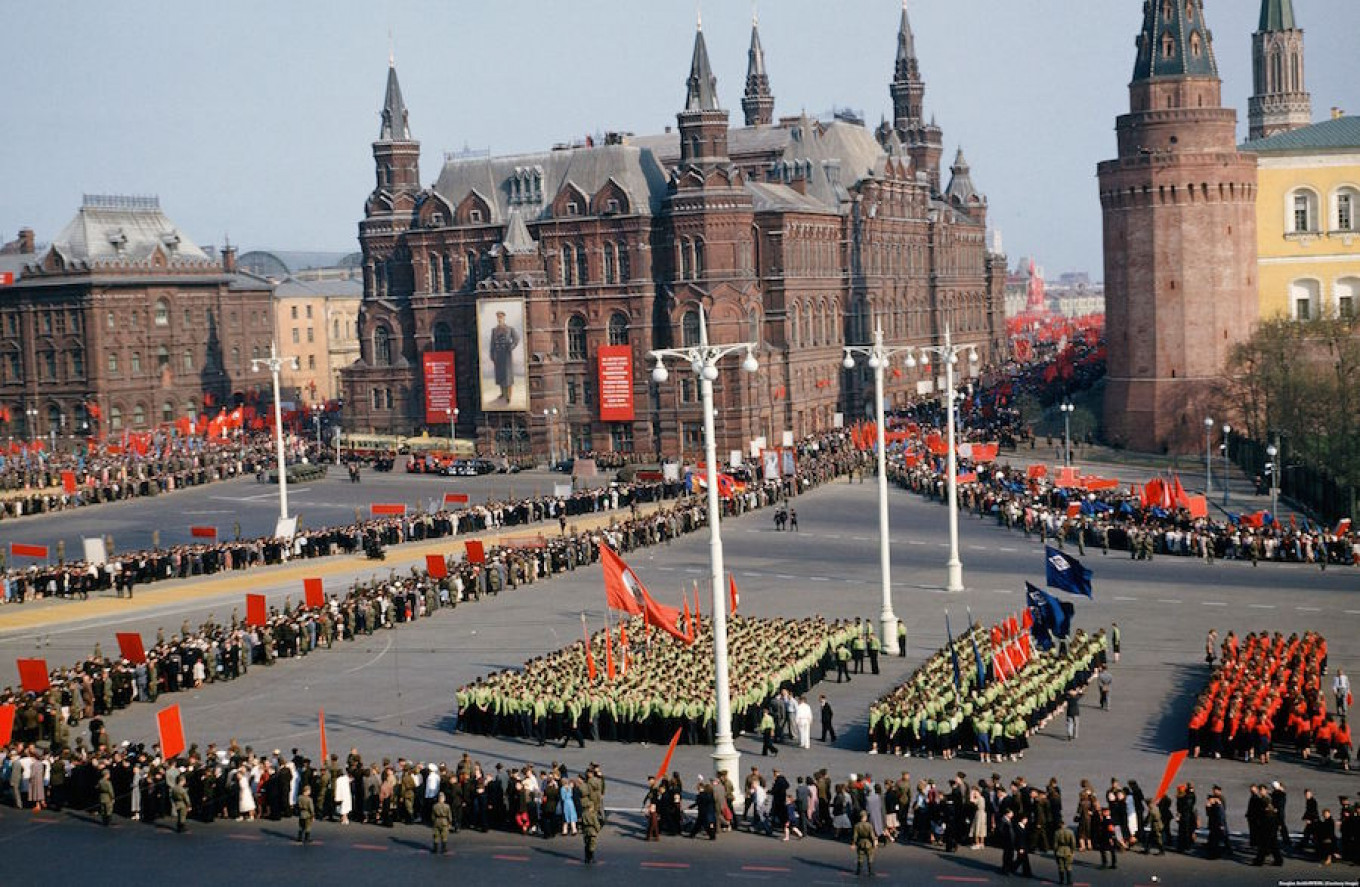
In 1953, the increasingly infirm Stalin was still publicly presented as an all-powerful leader. His death shocked the Soviet public.
Stalin’s state funeral, held on March 9, was a massive, elaborately choreographed event. Virtually all contemporary newsreels of the ceremony used official state footage. In essence, this allowed the Soviet Kremlin to curate coverage of Stalin’s funeral for posterity.
Now, that has all changed. This month, Radio Free Europe/Radio Liberty published the only known independent footage of Stalin’s funeral, offering a unique view of the Soviet state’s final farewell to the dictator.
Major Martin Manhoff, an assistant army attaché in Moscow, shot the video from the windows of the U.S. Embassy, then located on Red Square. Whereas previous footage was heavily edited and highlighted the Soviet officials delivering eulogies for Stalin, Manhoff’s raw, sometimes shaky film focuses on other aspects of the procession: long corridors of soldiers in trench coats; Stalin’s casket, draped in red; lines of massive funeral wreaths and crowds of Russians come to bid farewell to the leader.
Douglas Smith, a Seattle-based historian, discovered the funeral footage — along with hundreds of photos shot by Manhoff — in a former auto body shop in the U.S. Pacific Northwest.
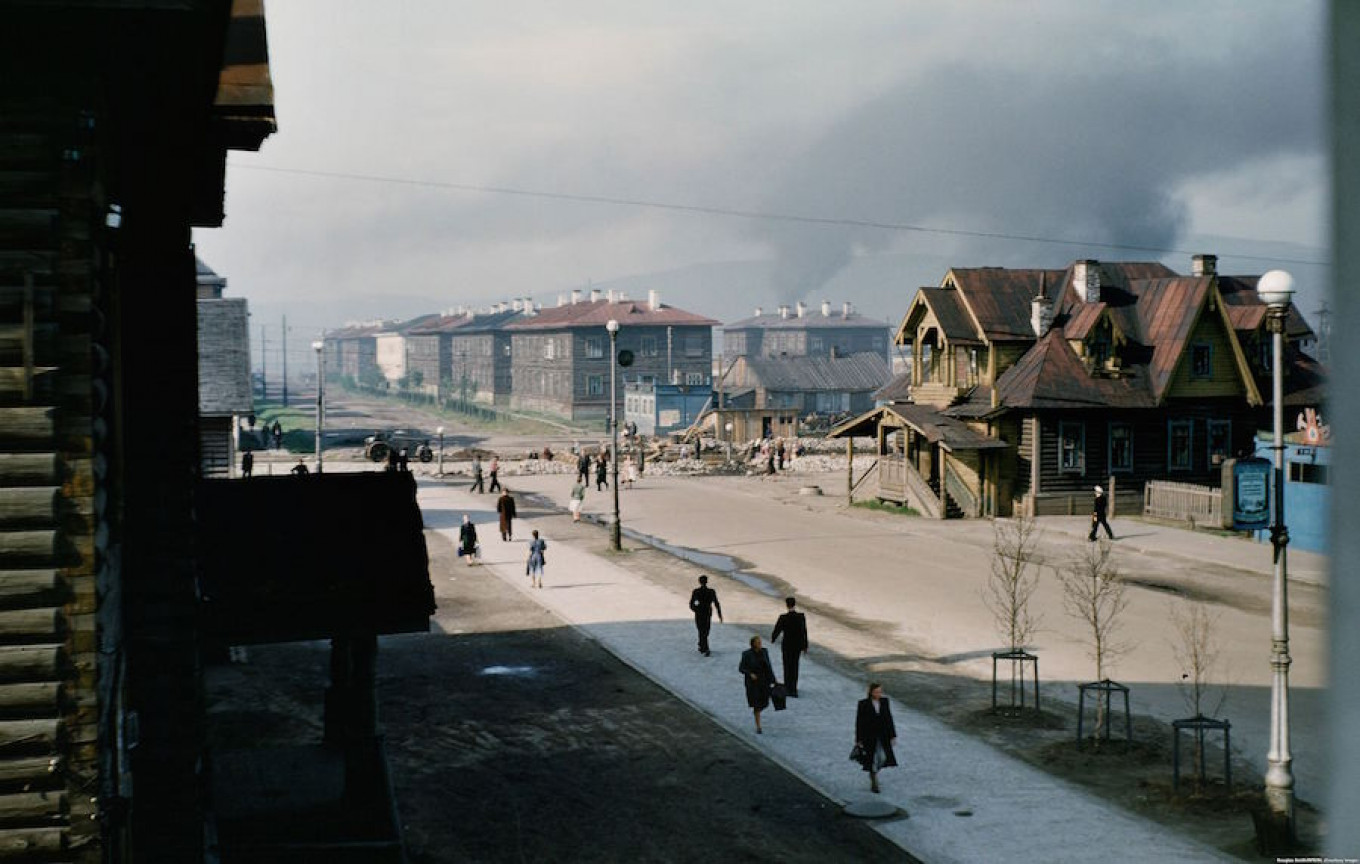
The so-called Manhoff Archives, which will be published by RFE/RL over the next month, offer a rare glimpse into everyday life in the Soviet Union during the early 1950s.
The discovery of the funeral footage and the photographs comes at an unusual moment in modern Russian history. As the Kremlin turns away from the West, Josef Stalin has increasingly been rehabilitated in Russia.
New monuments and museums honoring Stalin have sprung up — at times provoking serious controversy. Officials have increasingly highlighted what they consider positive aspects of Stalin’s rule. In 2016, Russia’s Communist Party praised Stalin as an “image of hope.”
A survey last month by the independent Levada Center pollster showed that 46 percent of Russians relate positively to Stalin, making him the third most popular Russian leader after Vladimir Putin and Leonid Brezhnev, respectively.
Over half a century after his death, Stalin’s crimes have been extensively documented. But for some Russians, he remains a hero, and his legacy lives on.
Check out the Manhoff Archives at Radio Free Europe/Radio Liberty.
A Message from The Moscow Times:
Dear readers,
We are facing unprecedented challenges. Russia's Prosecutor General's Office has designated The Moscow Times as an "undesirable" organization, criminalizing our work and putting our staff at risk of prosecution. This follows our earlier unjust labeling as a "foreign agent."
These actions are direct attempts to silence independent journalism in Russia. The authorities claim our work "discredits the decisions of the Russian leadership." We see things differently: we strive to provide accurate, unbiased reporting on Russia.
We, the journalists of The Moscow Times, refuse to be silenced. But to continue our work, we need your help.
Your support, no matter how small, makes a world of difference. If you can, please support us monthly starting from just $2. It's quick to set up, and every contribution makes a significant impact.
By supporting The Moscow Times, you're defending open, independent journalism in the face of repression. Thank you for standing with us.
Remind me later.


